Tips to Make Produce Last Longer
Eating fruits and vegetables feeds your hunger while fueling your body, but sometimes it can feel like the fresher the fruit, the faster it rots. Don’t fret, there is a solution: Freeze your excess produce. Here are our best tips for maintaining quality during the process!
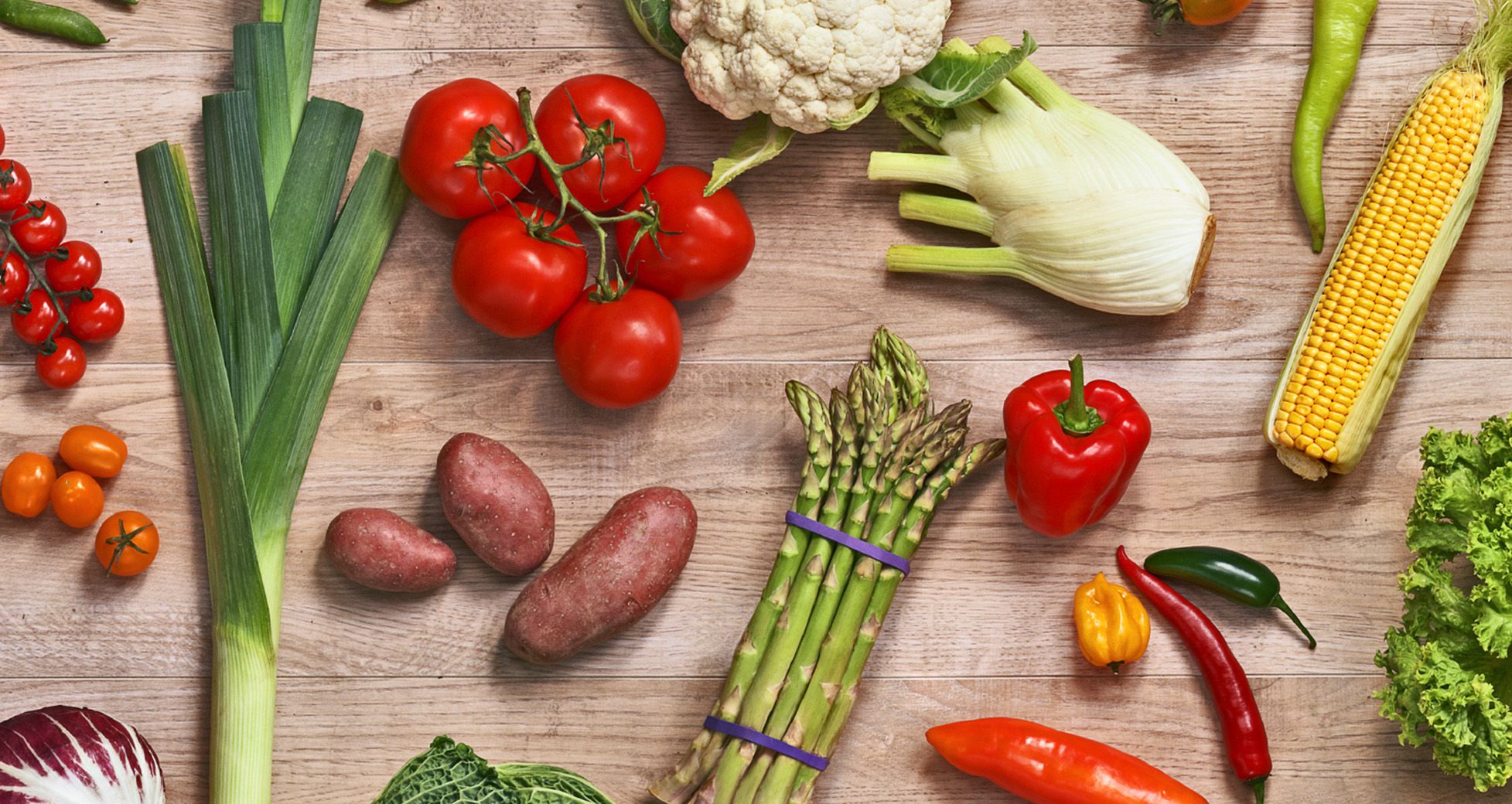
Freezing produce is an easy way to make your groceries (and budget) go further. When you see a great sale or digital coupon on berries or broccoli at your local Schnucks, buying and freezing can give you delicious produce no matter what time of year without having to follow Mother Nature’s schedule.
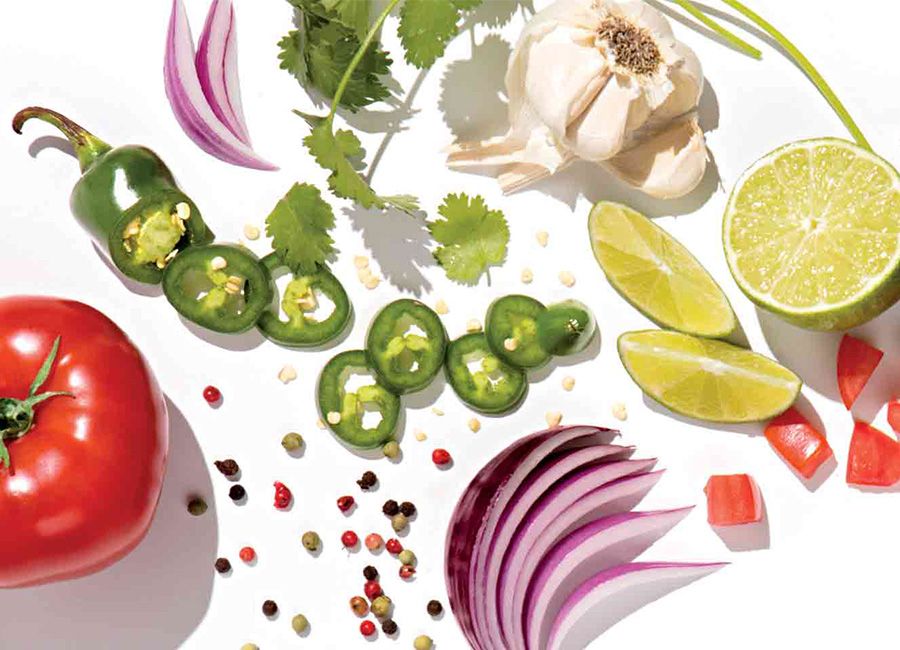
Tip 1
Freezing should happen at the peak of freshness in order to guarantee the highest quality and best flavor after thawing.
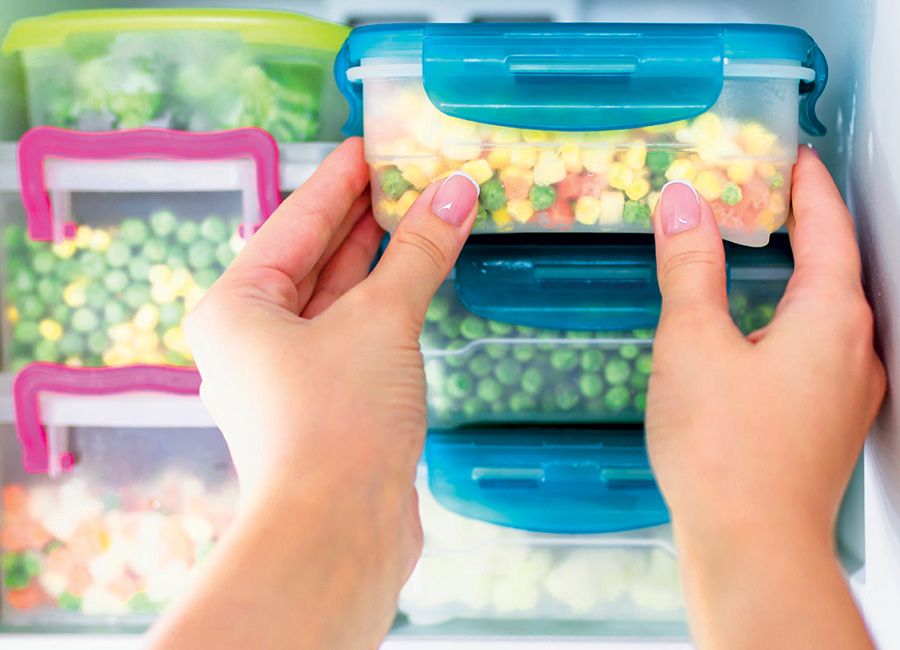
Tip 2
Remove as much oxygen as possible when storing your frozen goods. Air can dry produce out, causing loss of flavor, texture and color.

Tip 3: Label Your Frozen Foods
By writing the date and the contents on each package, you’ll know exactly what is in each package and how long it has been there.
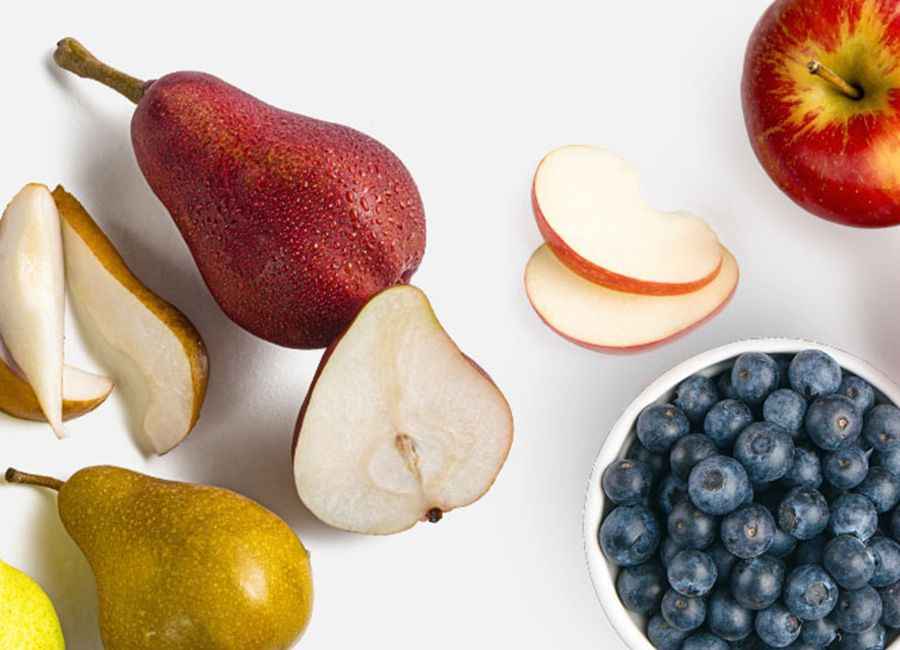
Tip 4
The moisture that keeps fruit juicy will cause it to become much softer and more watery after thawing, altering the texture. When freezing delicate, high-moisture fruits, try completely freezing them in a single layer before moving them to an airtight container.
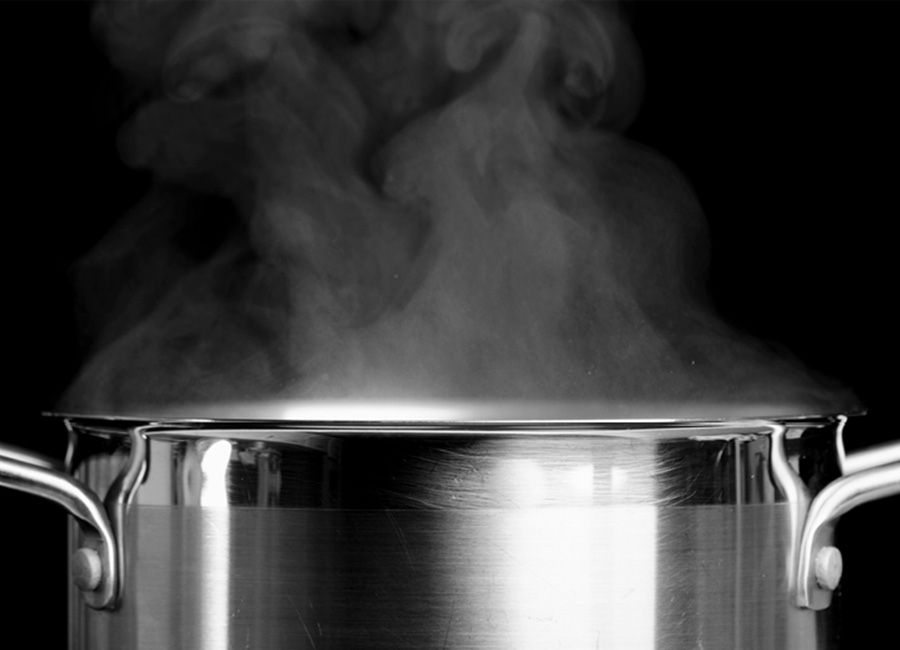
Tip 5
Before heading to the freezer, blanch veggies quickly in boiling water, followed by a dip in an ice bath. Blanching helps vegetables maintain nutrients, destroys lingering microorganisms and preserves flavor. Similar to fruits, high-moisture vegetables are hard to return back to their normal state after thawing. Veggies like cucumber, lettuce, cabbage and peppers won’t retain their texture after being thawed. Heartier veggies like broccoli, carrots and zucchini are the best to freeze.